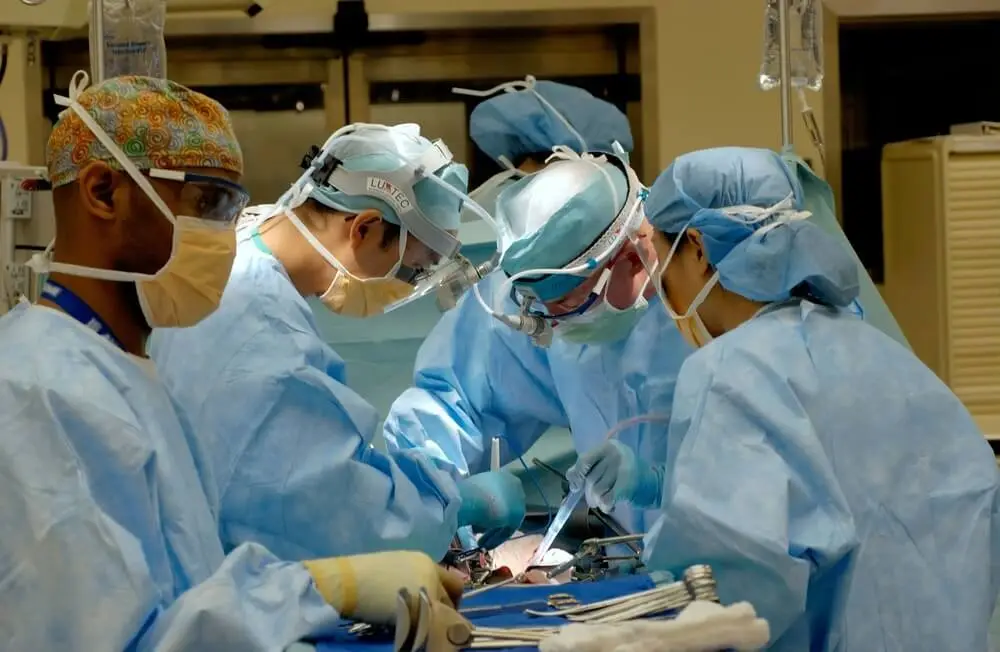TAVR stands for Transcatheter Aortic Valve Replacement. It is a minimally invasive procedure used to treat aortic valve stenosis, a condition in which the opening of the aortic valve becomes narrowed, leading to restricted blood flow from the heart to the rest of the body.
Fact 1: Valve is inserted through a catheter
During a TAVR procedure, a new valve is inserted into the diseased aortic valve using a catheter (a thin tube). This is typically done through a small incision, often in the groin, and guided to the heart through blood vessels. Once in place, the new valve expands and takes over the function of the old, diseased valve.
Fact 2: It is a suitable option for high-risk patients
TAVR is often performed on patients who are considered high-risk or inoperable for traditional open-heart surgery. It has significantly reduced recovery times and complications compared to traditional surgery, making it a preferred option for many patients with aortic valve stenosis.
Fact 3: TAVR allows for quicker recovery
Compared to traditional open-heart surgery, the recovery time for TAVR is generally shorter. Many patients are able to return home within a few days after the procedure. Some may experience improvements in symptoms almost immediately, while others may take a bit longer to fully recover. Generally, most patients are able to resume normal activities within a few weeks to a couple of months after the procedure.
Fact 4: Not everyone is a candidate for TAVR
Eligibility for TAVR is ultimately determined on a case-by-case basis by a heart team consisting of cardiologists, cardiac surgeons, and other specialists. They assess each patient's individual circumstances, overall health, and the specific characteristics of their heart condition to determine the most appropriate treatment option.
Fact 5: TAVR has a great success rate
The overall procedural success rate of TAVR typically exceeds 95%. This success rate is defined by factors such as successful implantation of the new valve, improvement in valve function, and relief of symptoms such as shortness of breath, chest pain, and fatigue. Additionally, TAVR has been shown to have lower rates of complications, shorter recovery times, and comparable long-term outcomes compared to traditional open-heart surgery in selected patient populations.
Fact 6: Not all hospitals perform TAVR
Not all hospitals are capable of performing TAVR, as it requires a multidisciplinary team of experienced cardiologists, interventional cardiologists, cardiac surgeons, anesthesiologists, and specialized nursing staff. Hospitals that offer TAVR typically have dedicated heart valve centers or structural heart programs where these procedures are performed. These centers often undergo a rigorous certification process to ensure that they meet specific quality and safety standards set by regulatory authorities or professional organizations.
Fact 7: TAVI is most affordable in India and Turkey
The cost of TAVR can vary widely depending on several factors including the specific hospital, the region within the country, the type of valve used, the expertise of the medical team, and any additional medical services required. In India and Turkey, the cost of TAVR can range from approximately $35,000 to $45,000 USD.
Get a free cost estimate
Himang
Author
Himang Gupta is a skilled medical content writer with a Bachelor's degree in Biotechnology and extensive experience crafting engaging and informative blogs. Passionate about simplifying complex medical topics, he ensures his content resonates with readers. When not researching or writing, Himang enjoys scrolling Instagram, cracking jokes, and savoring the flavor of elaichi—his ultimate treat after a productive writing session.
Guneet Bindra
Reviewer
Guneet Bhatia is the Founder of HOSPIDIO and an accomplished content reviewer with extensive experience in medical content development, instructional design, and blogging. Passionate about creating impactful content, she excels in ensuring accuracy and clarity in every piece. Guneet enjoys engaging in meaningful conversations with people from diverse ethnic and cultural backgrounds, enriching her perspective. When she's not working, she cherishes quality time with her family, enjoys good music, and loves brainstorming innovative ideas with her team.

